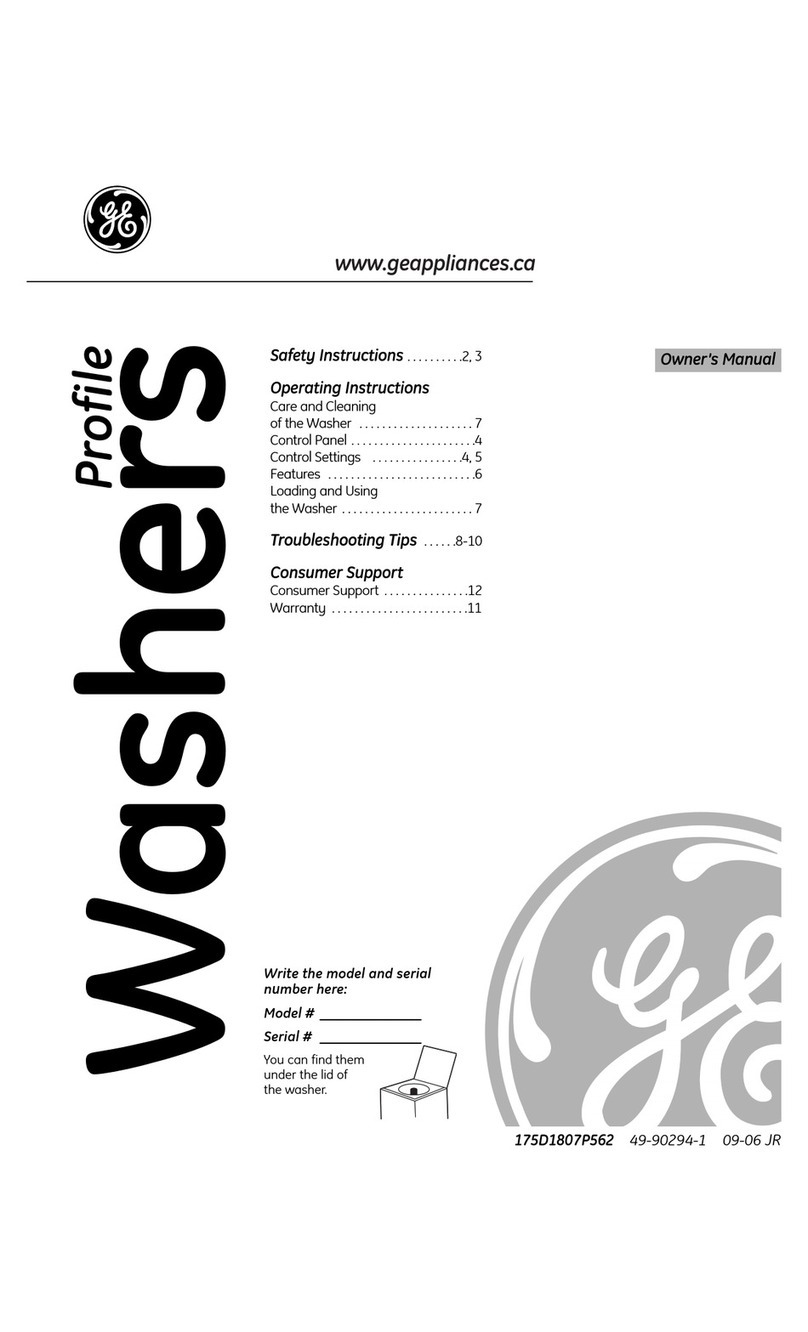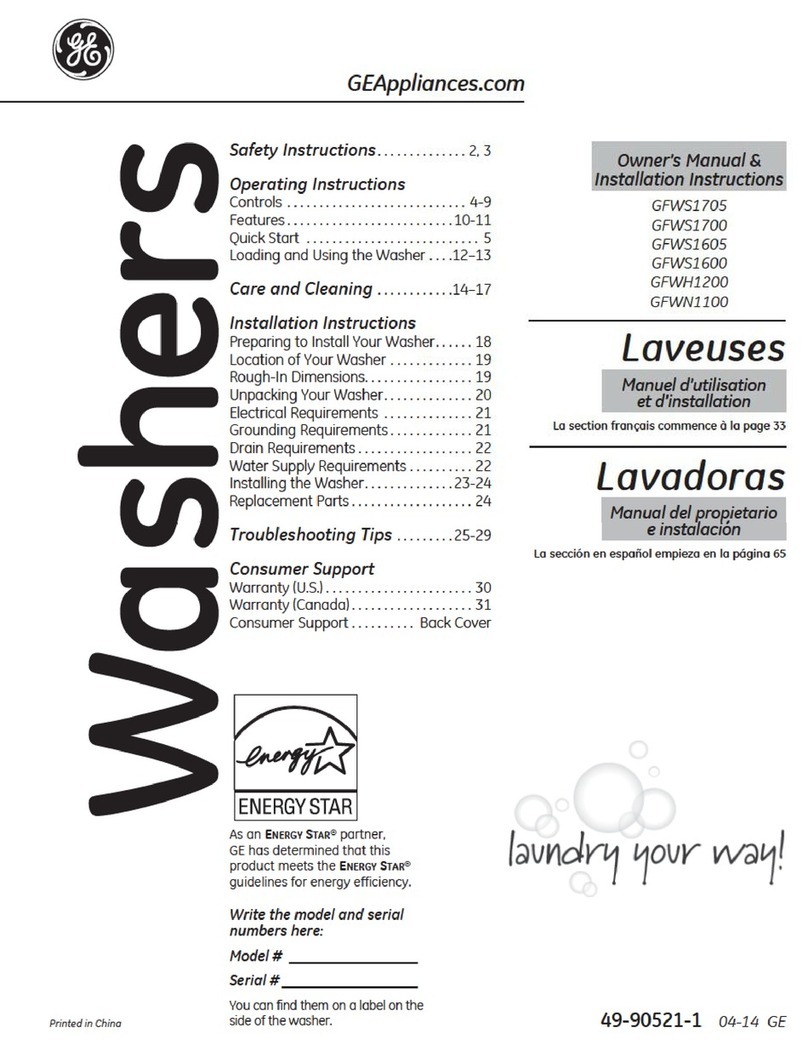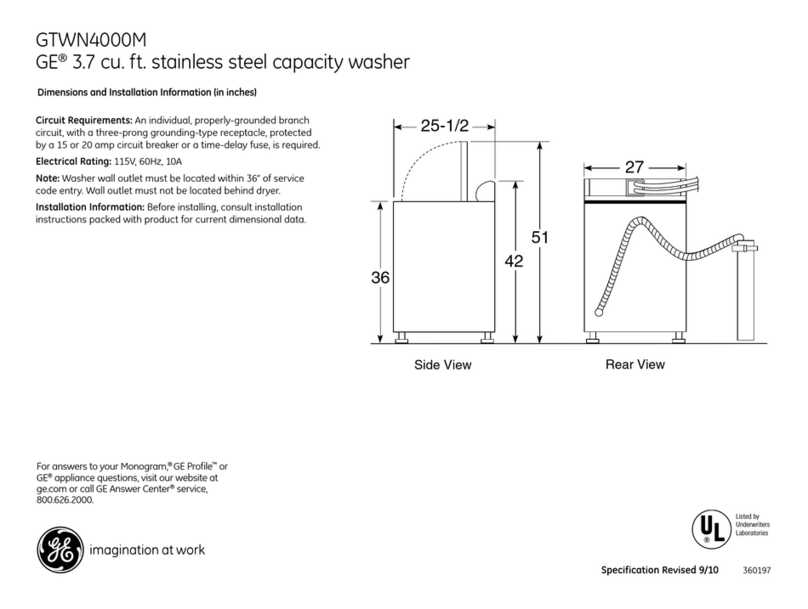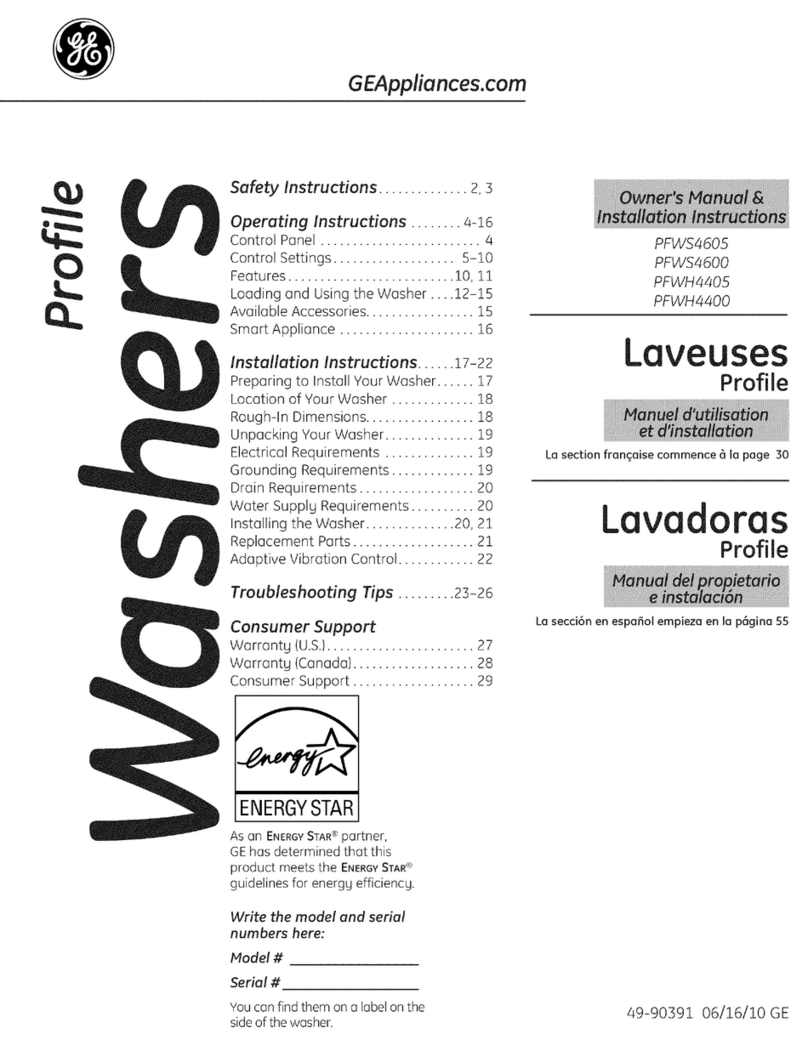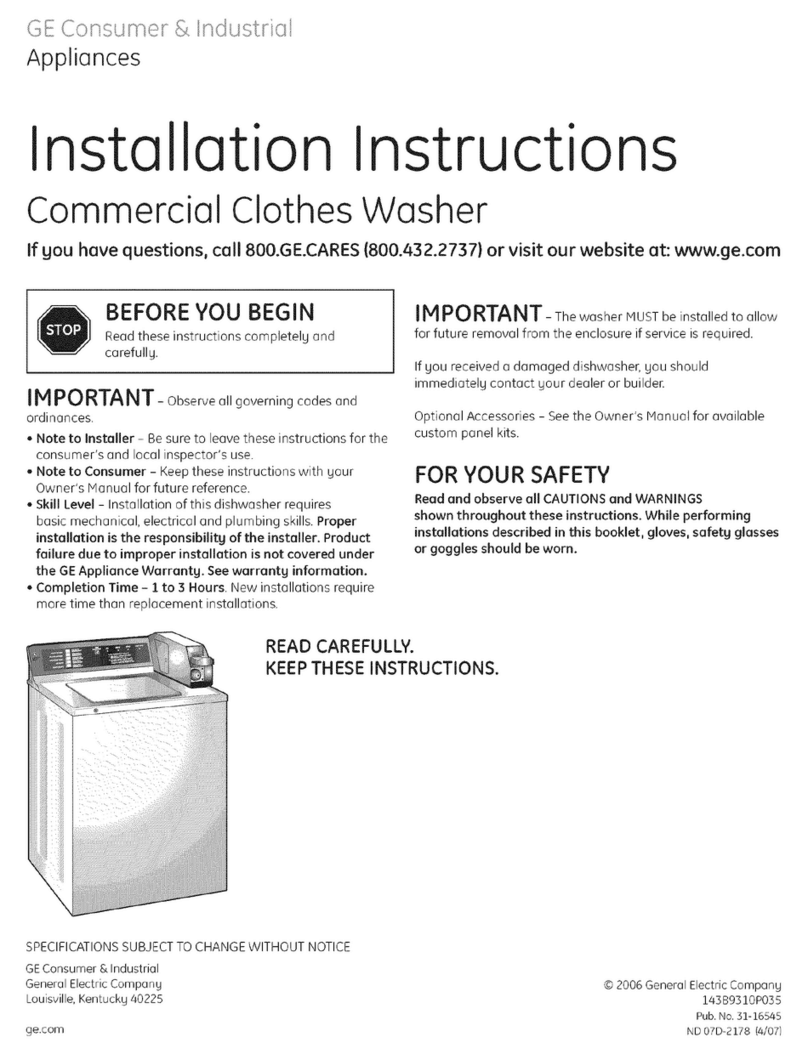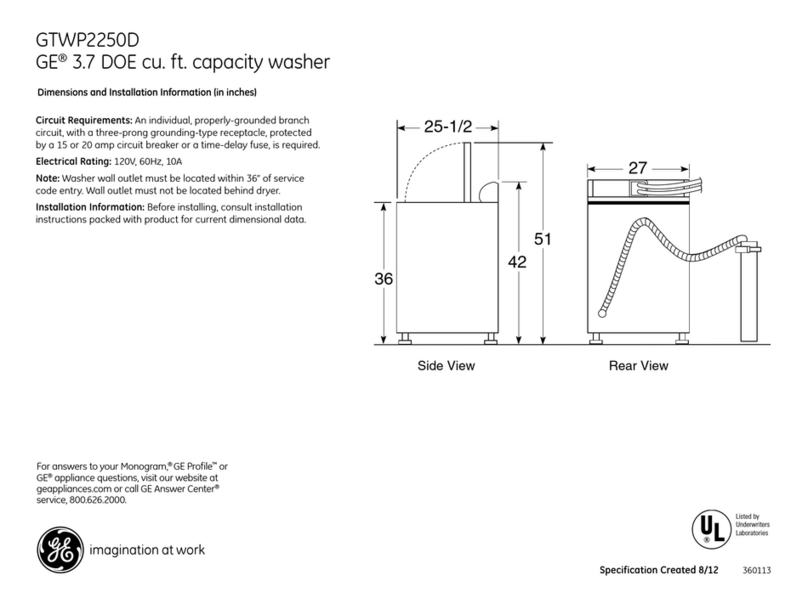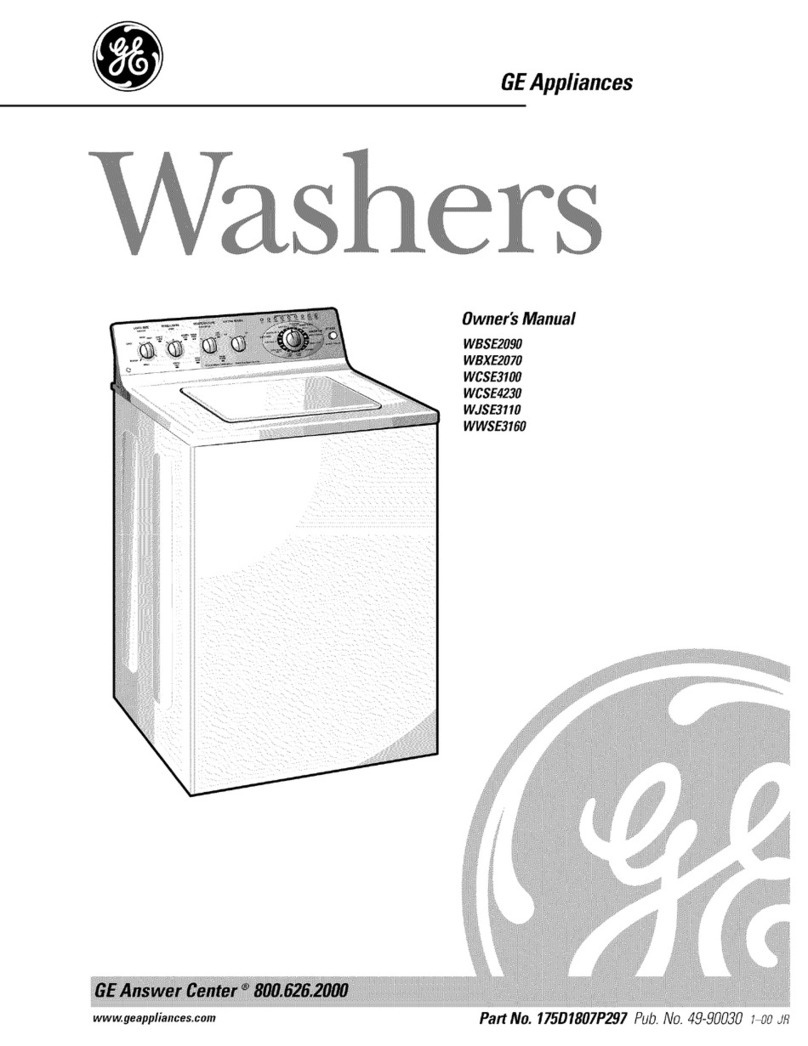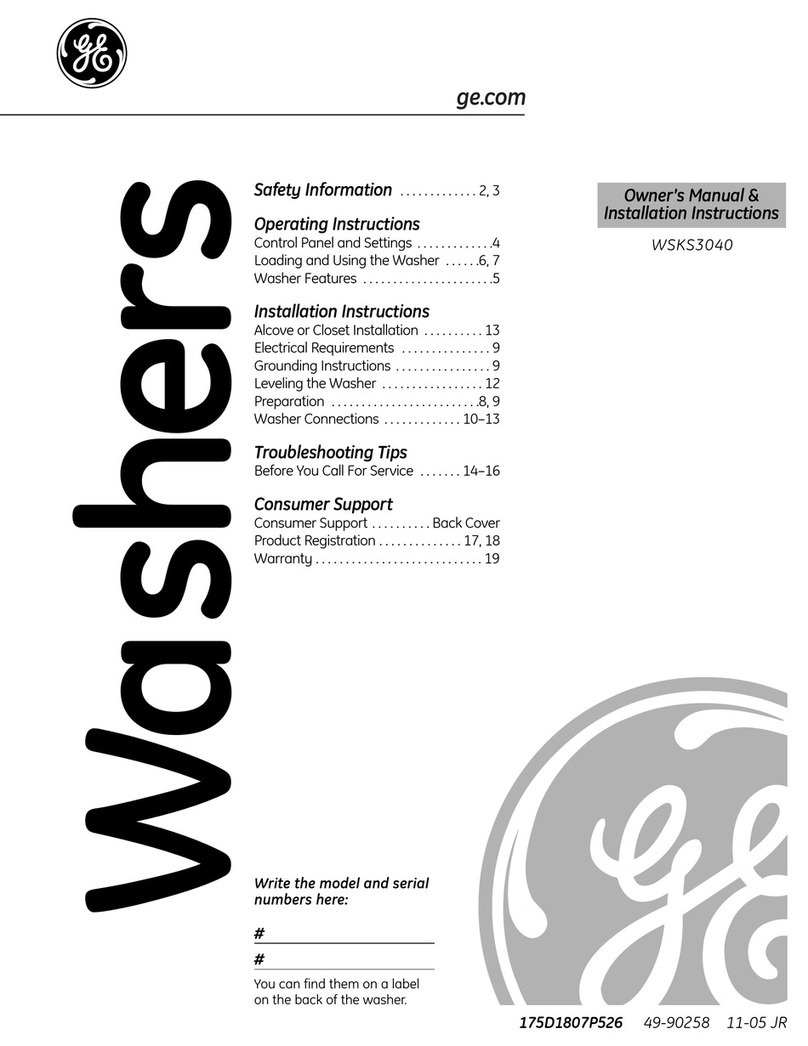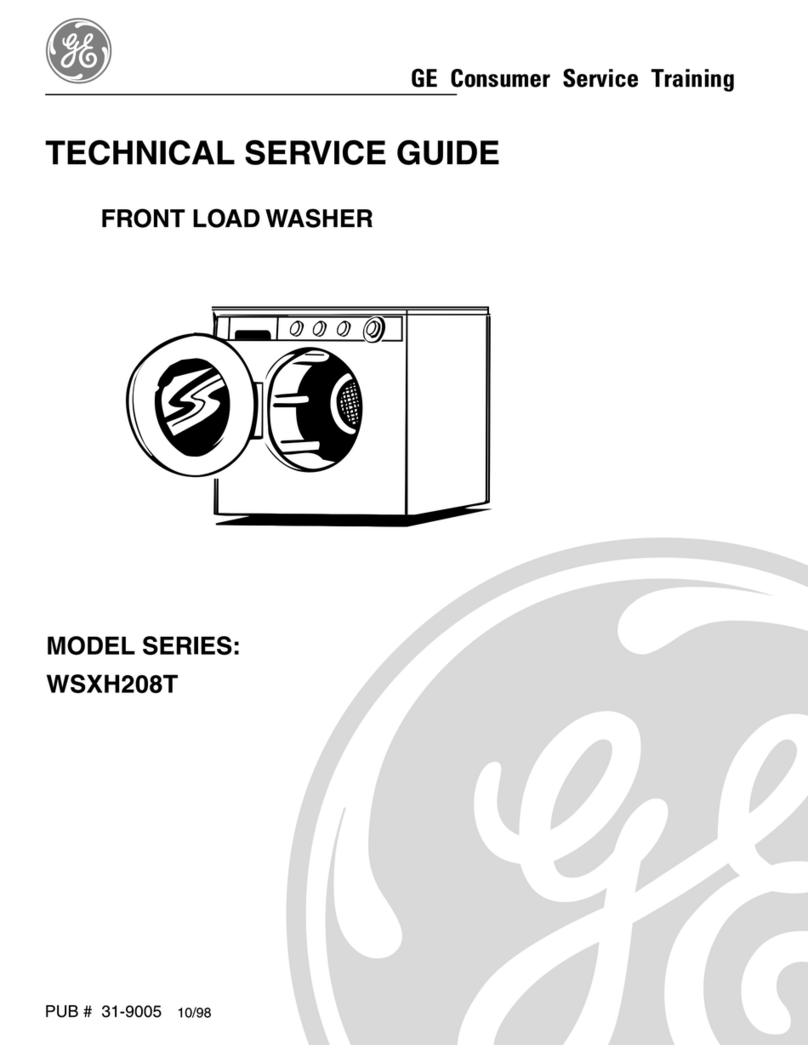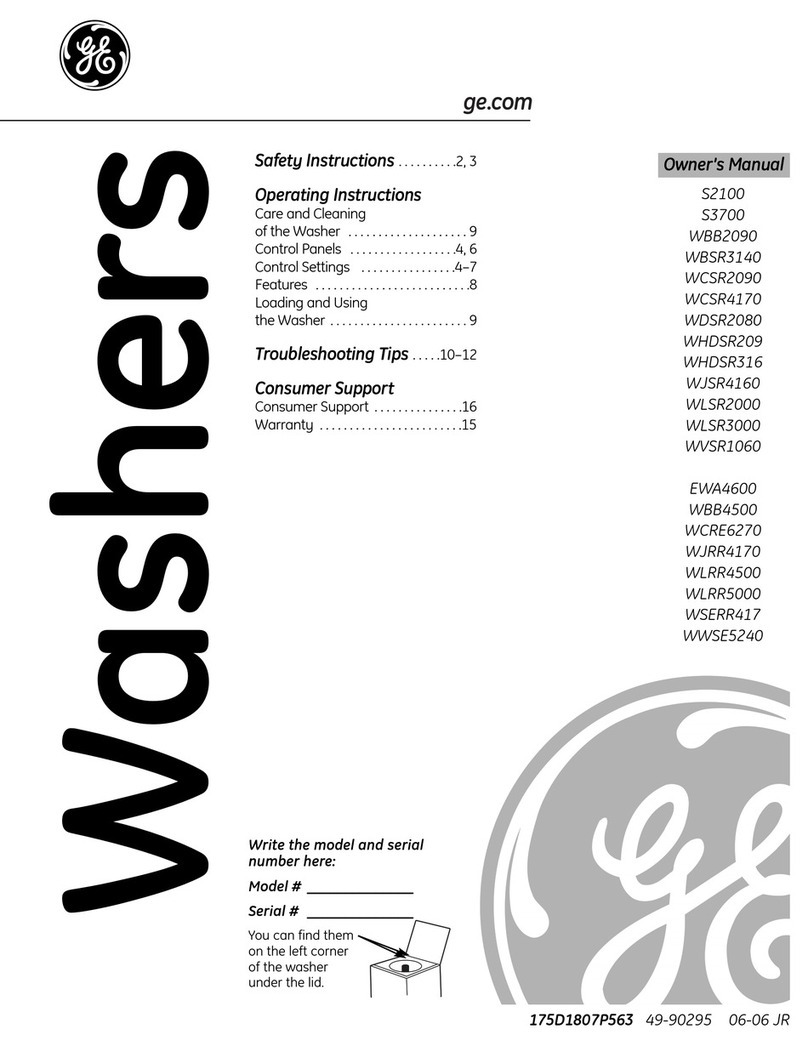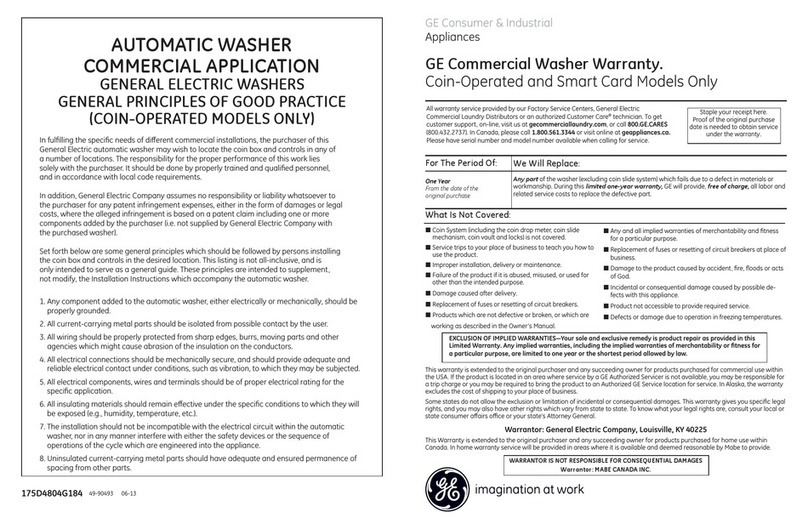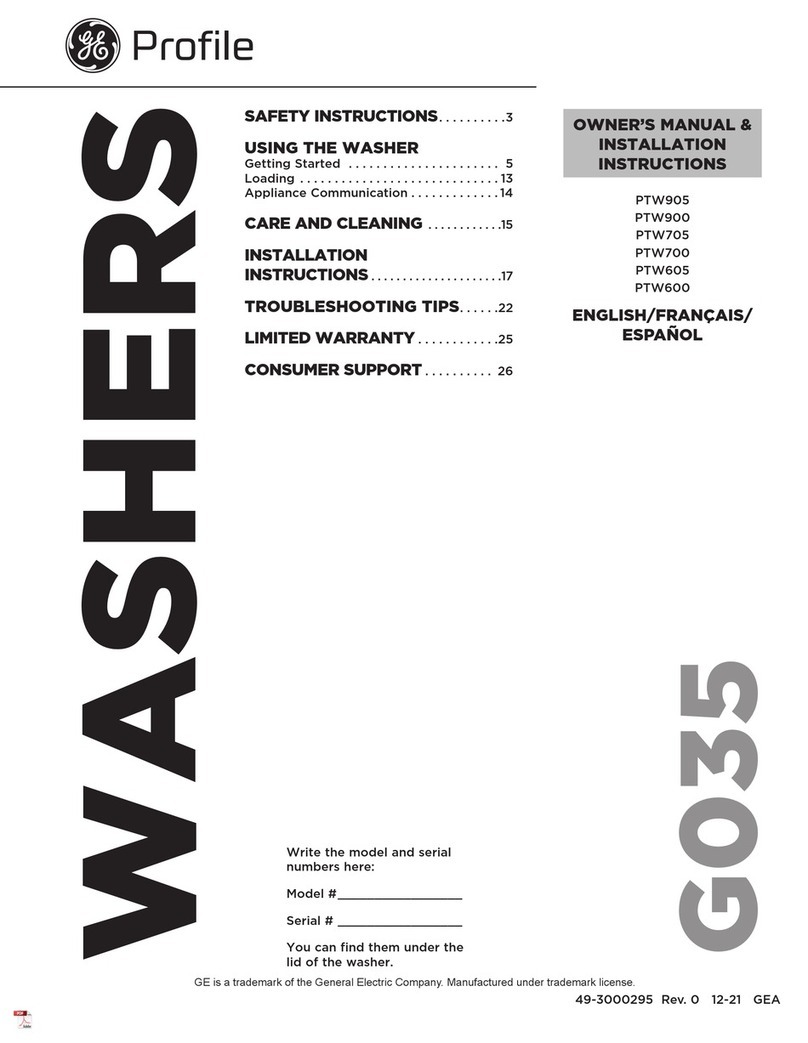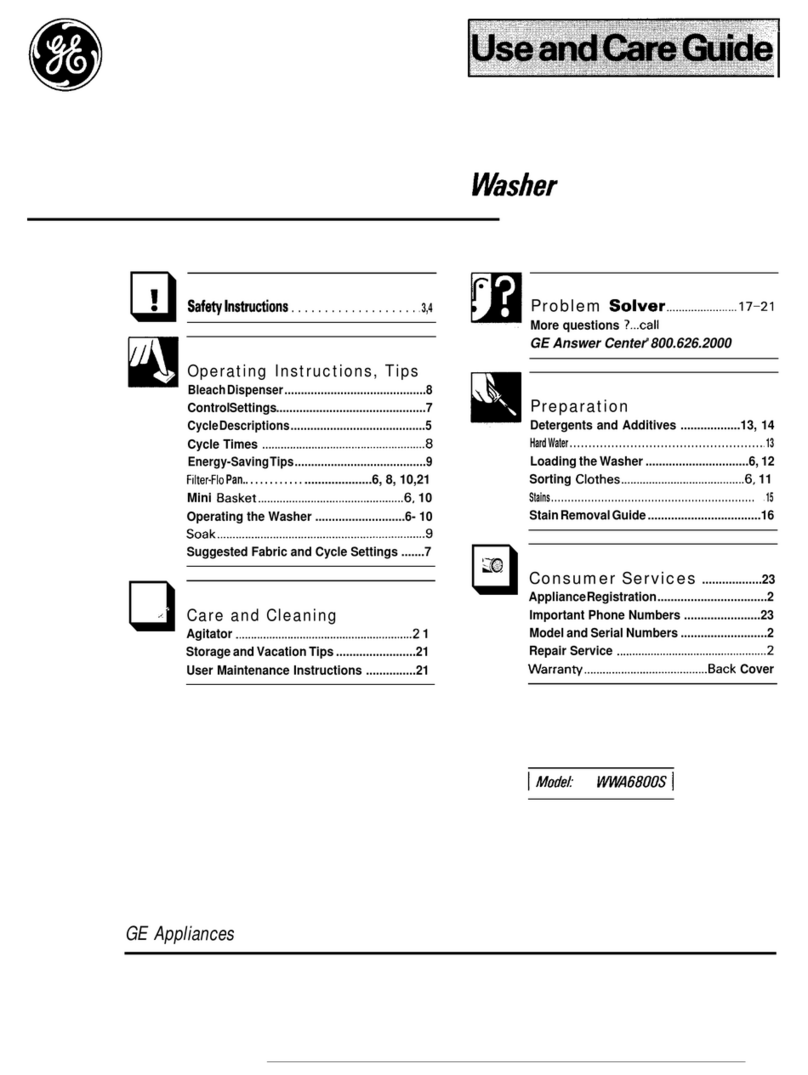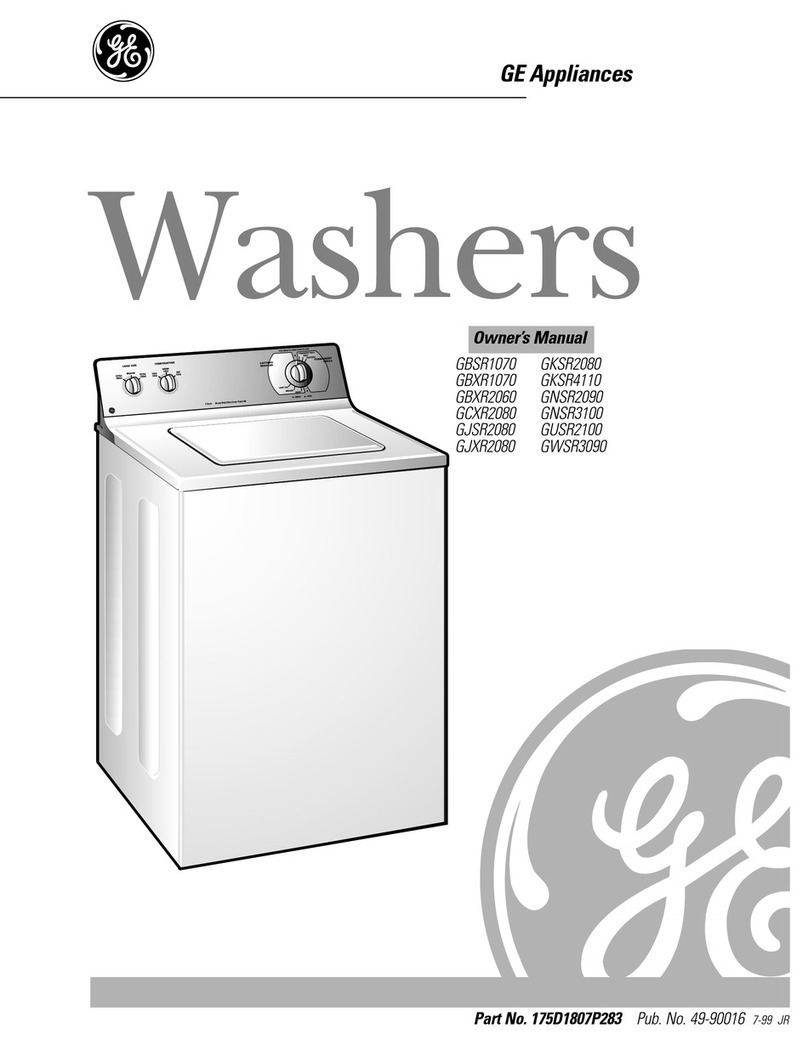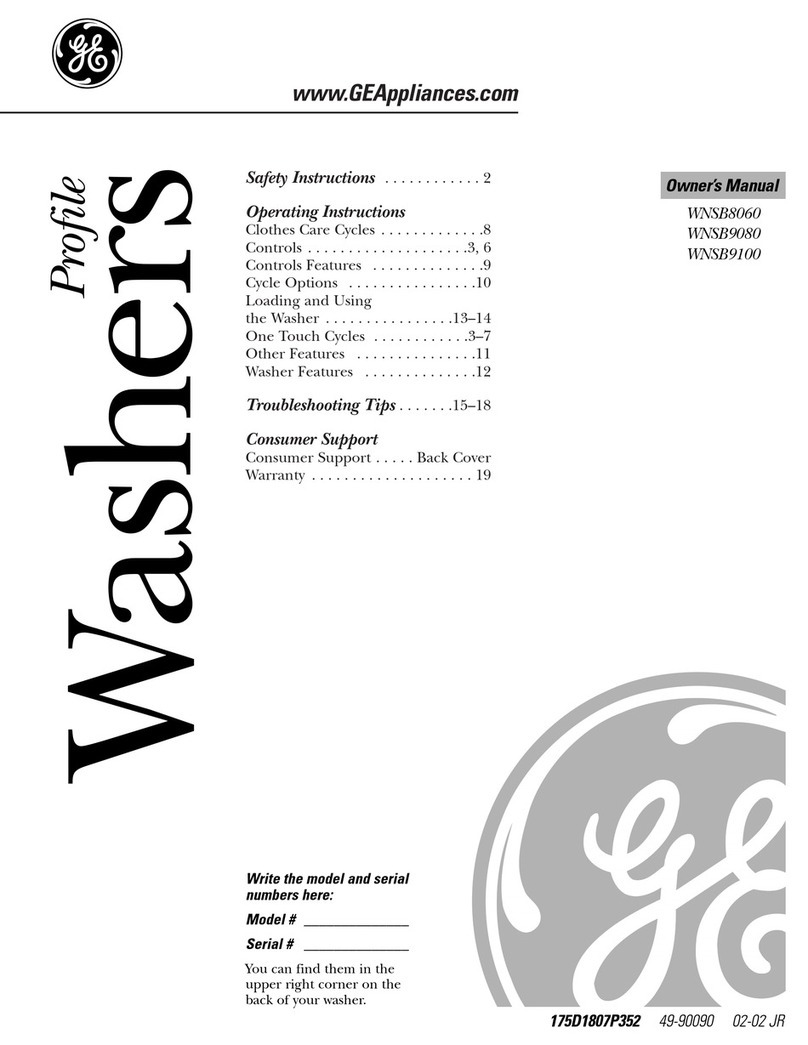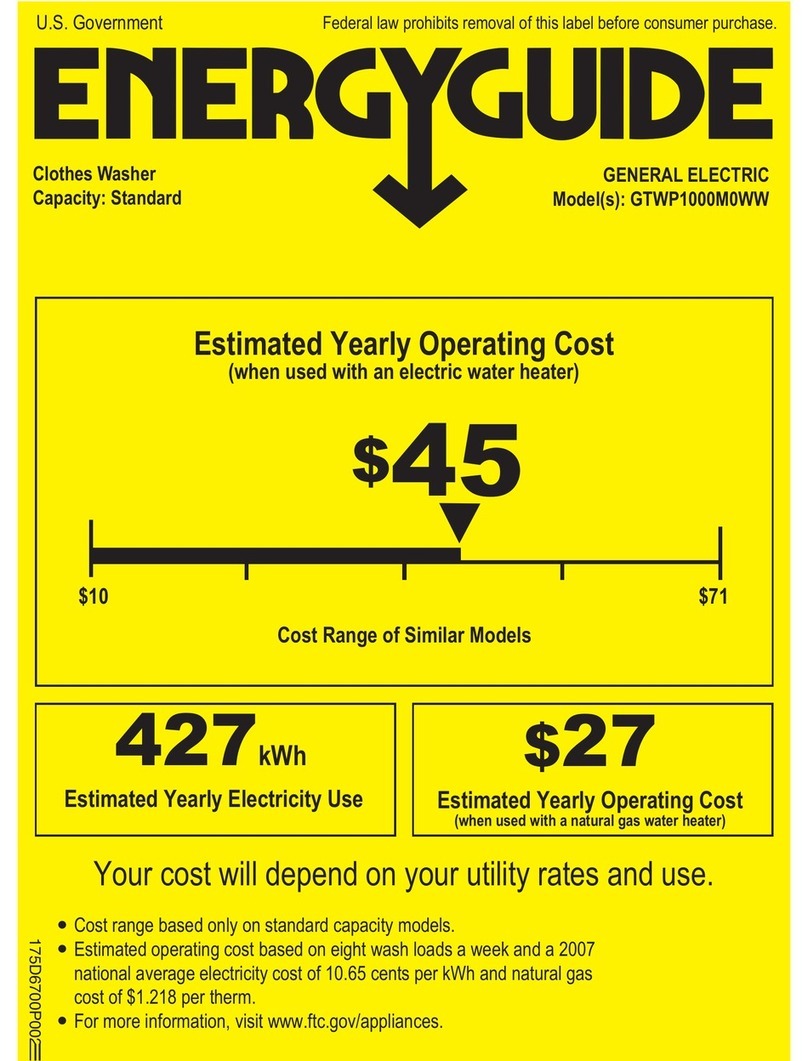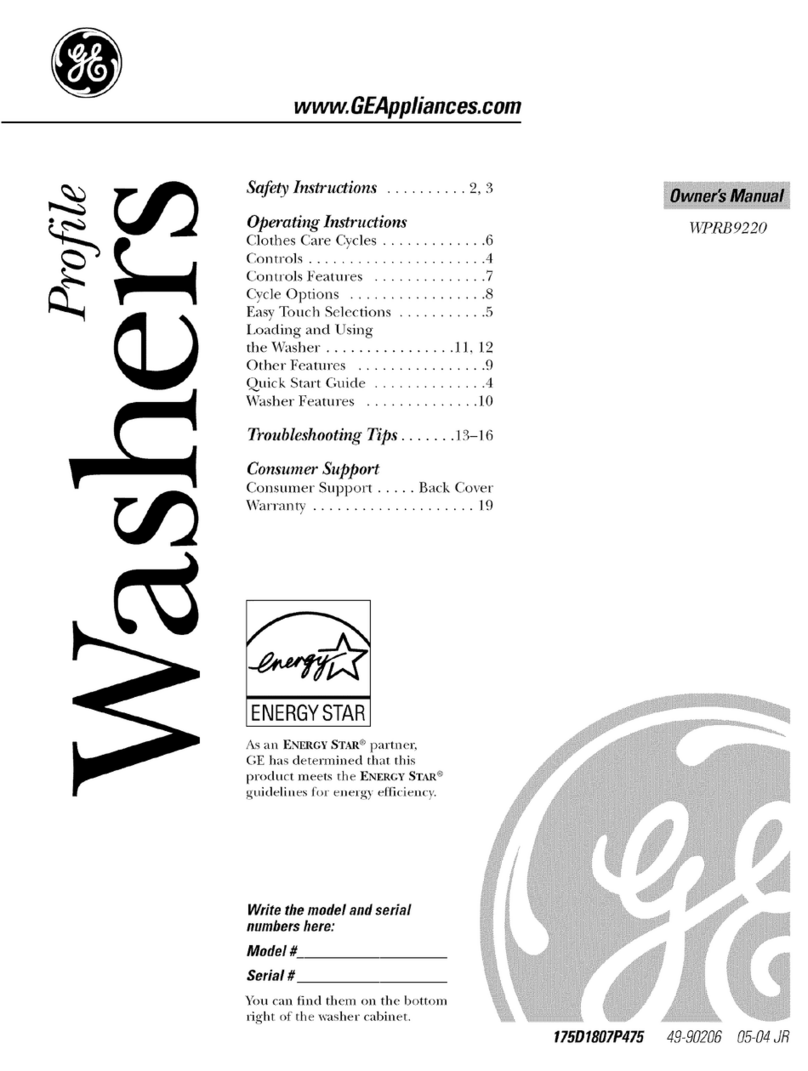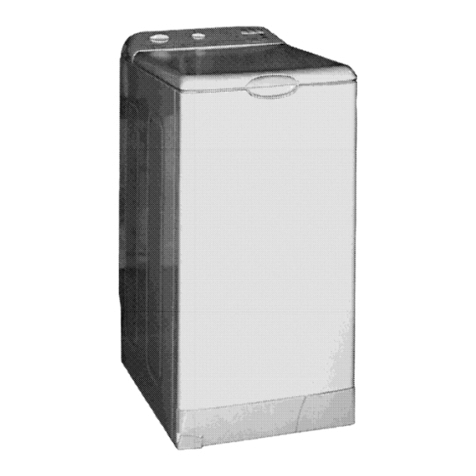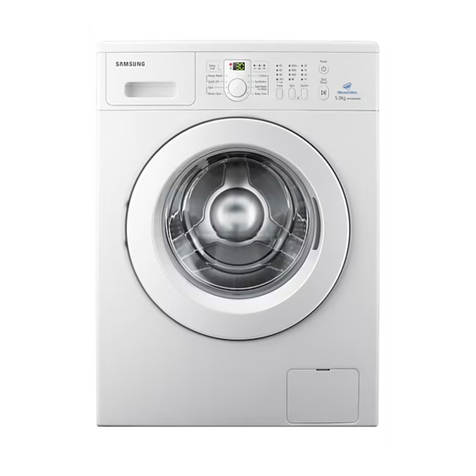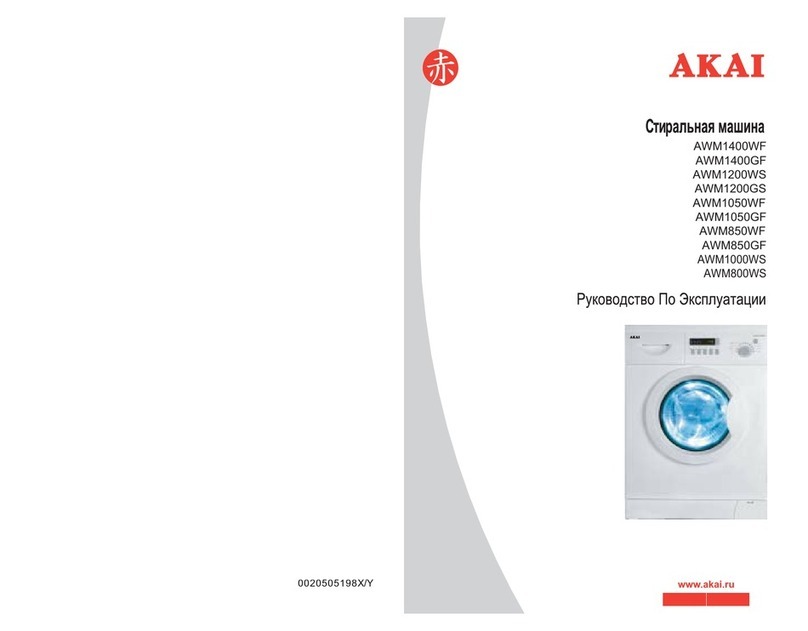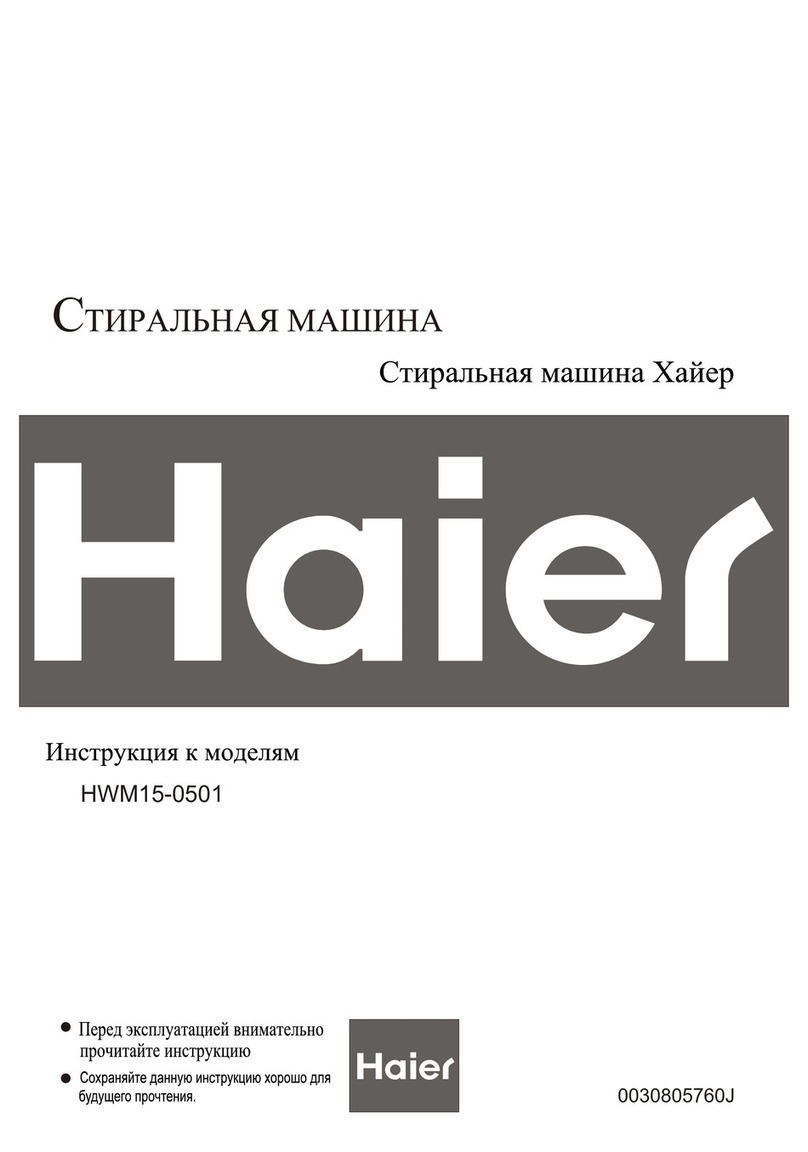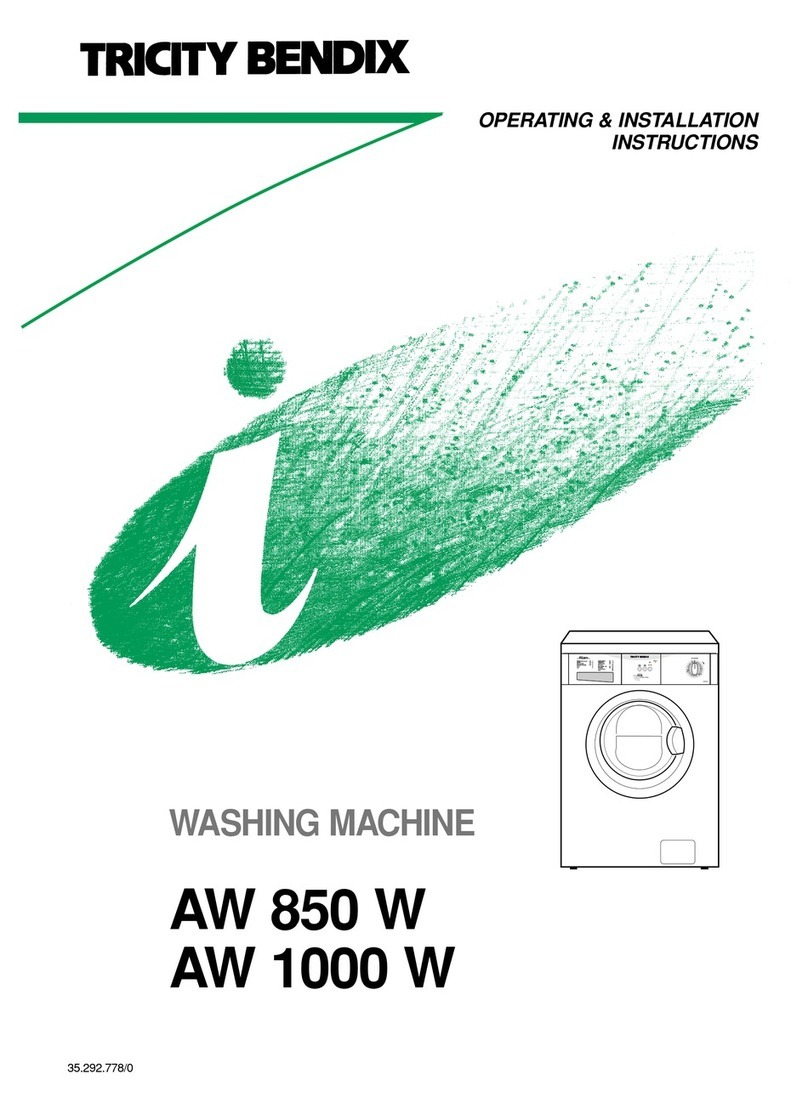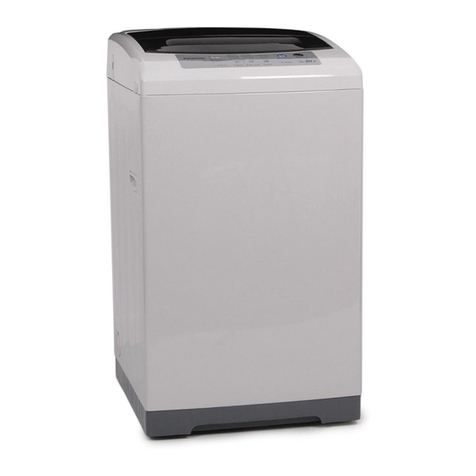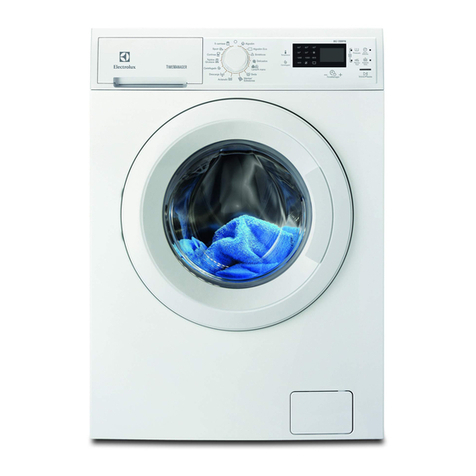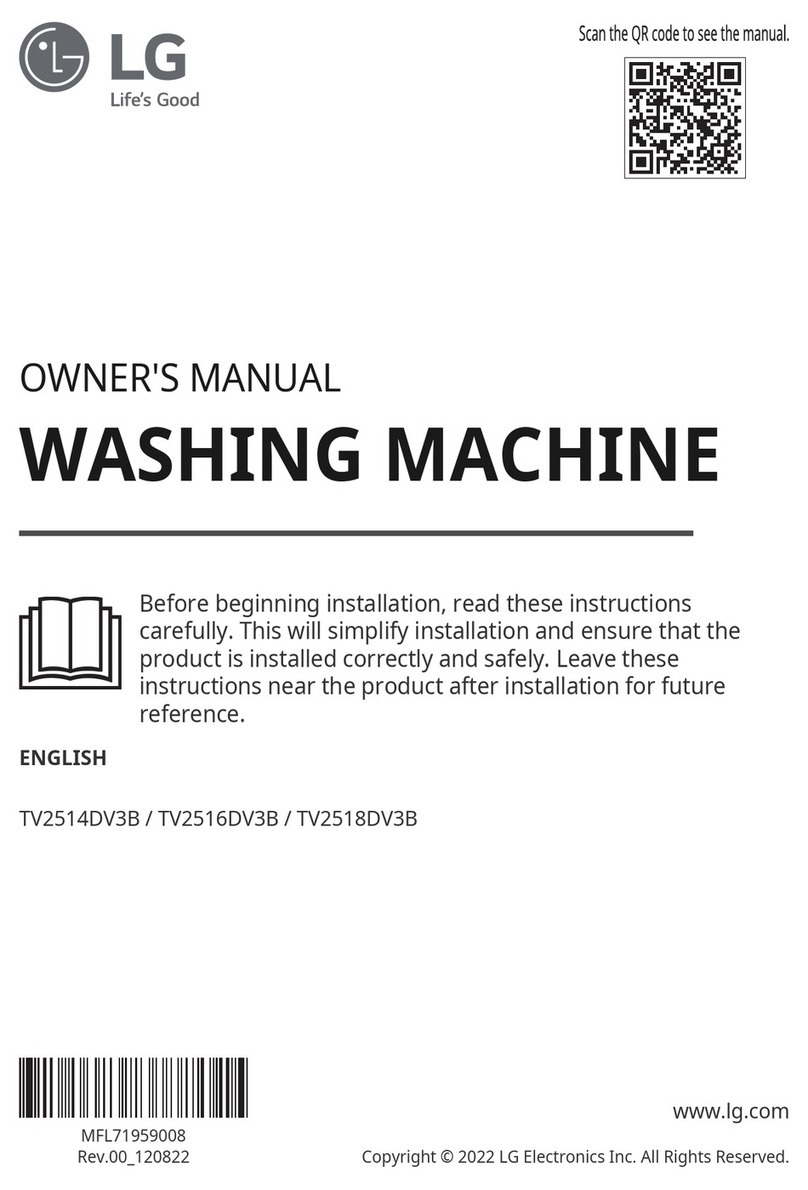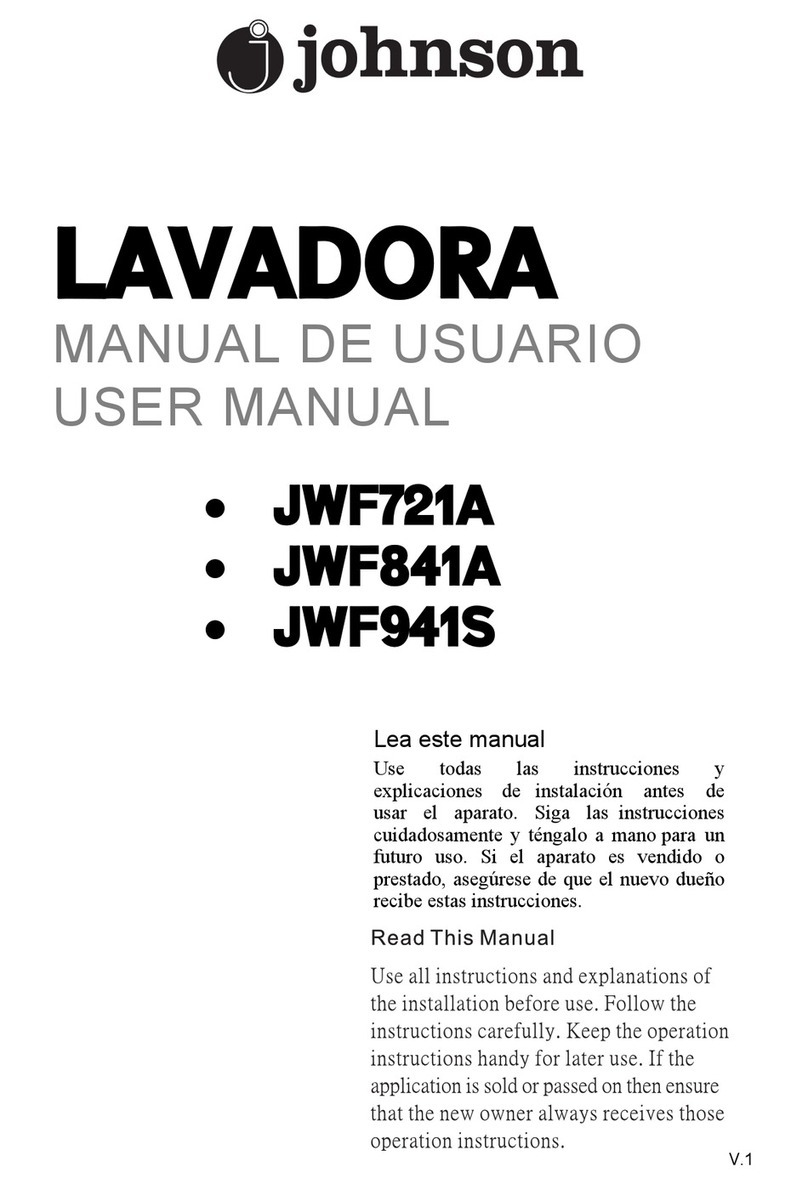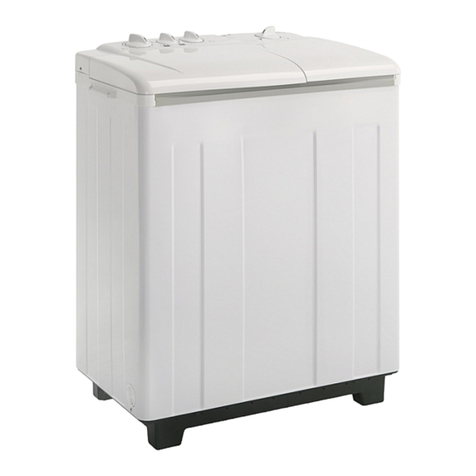@Do notleavewasherlid up
avoidsuch aresult, thegarment duringcycle.Thiswillstopthe msTRucTIoNs
mwufacturer’s care instructions waterfill, washand spinactionand
shouldbe followedverycarefilly. preventcompletionofthecycle.
Howtoopemte yourclotheswasher 11
Wm~G—To reducetheriskoffire,electricshock,orinjurytopersons,
readtheWORT~ SA~TY INSTRUCTIONS
beforeoperatingthis appliance. ~
WasWSpin Spaods Variable Water Level Wash/Rinse Temp. Spofscrubber HaavyDUIVExfraLarge Capacity
rIi
iPPRESS
SpotscrubberEightCycle Washer Regular Cycles ❑~Kmls Permanent Press
soakc“,{. *o~ ~ and Knits Cyc/es
Sorthg andbading
~Sort clothes carefilly byfabric
type, weight, color and amountof
soil, according to instructionson
page 14.
~RemoveFilter-F1o@pan and
Mini-BasketT”tub. The underside
ofthe lid is agood place to put the
pan while loading or unloading
clothes..
Do not use Mini-Basket tub when
washing regular loads. You’llfind
completedetails onhowandwhen to
usc the Mini-Basket tub on pages 8
through 11.
QAdd meastlred amount of
detergent. See pages 16thro~]gh19
for information ORdeterge~~tsand
[)fher:idditives.
~Load clothesintothe washbasket,
beingcarefulnottooverload.Clothes
shouldbe below retainingring. See
page BformoreloadingMormation.
@Positionthe Filter-Flo pan on the
agitator.Lint willcollectin thepan
for easy removalwhen the wash is
finished,
N~E: Do not usethe Filter-Flo
pan as awash basket. Do notput
any itemsto be washed in the
Filter-Flo pan.
eSeepage 6for information
on how to use Bleach and Fabric
Sokner Dispensers.For information
on bleaches and fabric softeners,
see page 20.
Q~~osethe }i~, ~as~er Wil]not fill,
agitateor spin with the lid open.
Use the Controls SettingGuide on
pages 12and 13tohelp youmake
tile i]roper selections.
@SelectWaterLevel.
SMALL: Washeris less than 1/3
fullofclothes.
~~DILTM: Between 1/3and 1/2
.
LARGE: Between 1/2and 2/3 full.
EXTRA LARGE: Over 2/3 full.
MINI-BASKET:Not used for
regular loads. Seepages 8through
11for instructions.
If youwant to increase the wate~
levelafier you’vemade aselection,
turn knob to “RESET” and select
new level.
@SelectWashand Rinse
Temperature. Cold rinse willbe
automatically provided with use of
Permanent Press and I<nitsCycles.
(An extended cool-down spray
rinse and cold-waterdeep rinse are
provided to minimize settingof f+)
wrinldes.)</”
@Leave SPOTSCRUBBER

